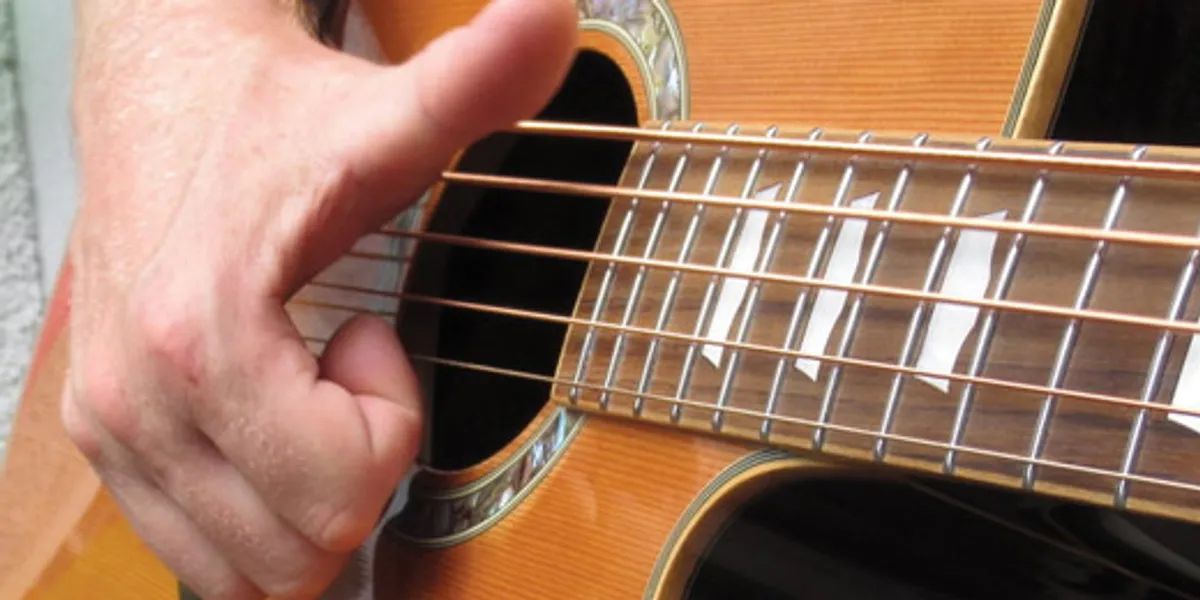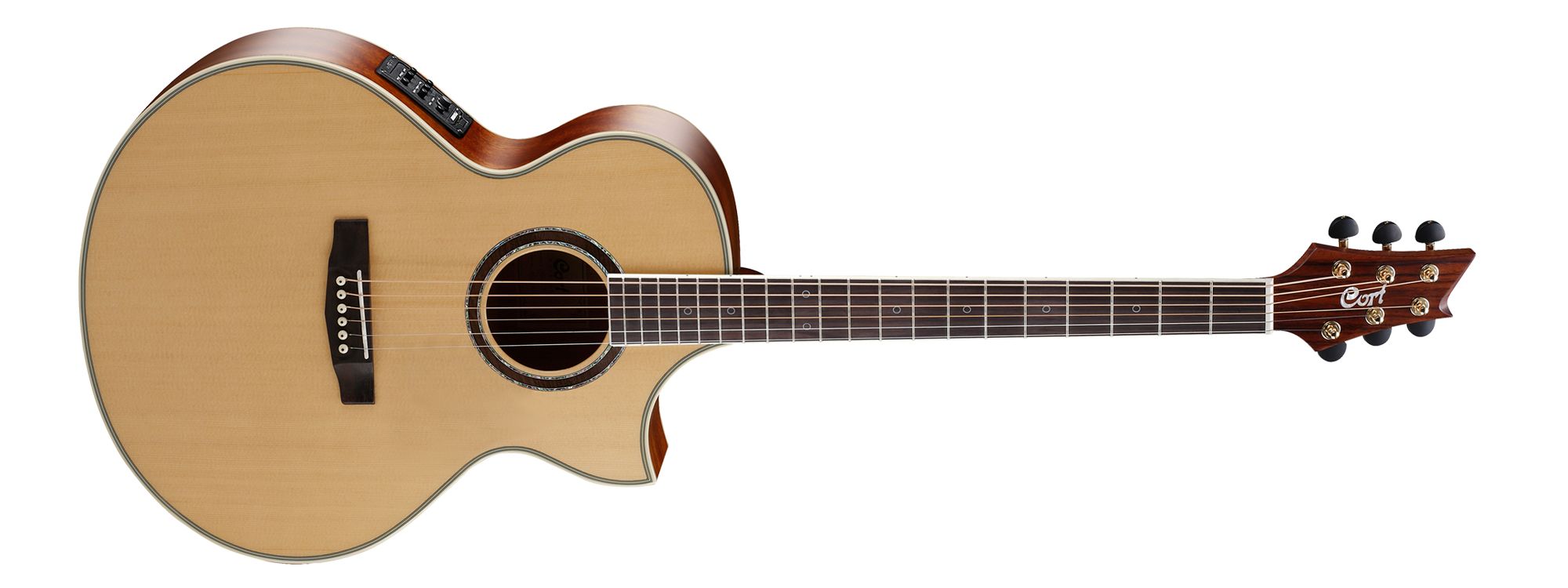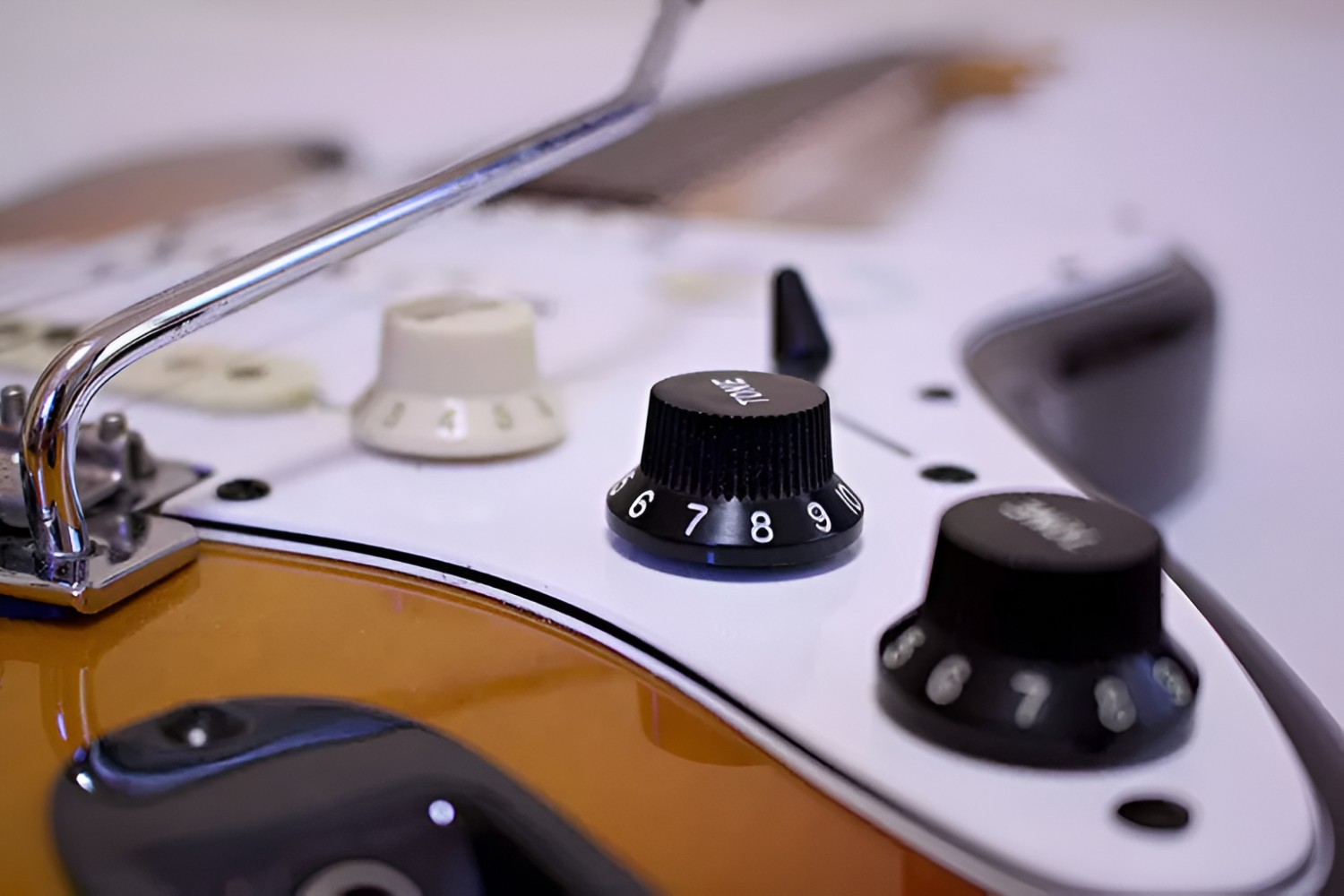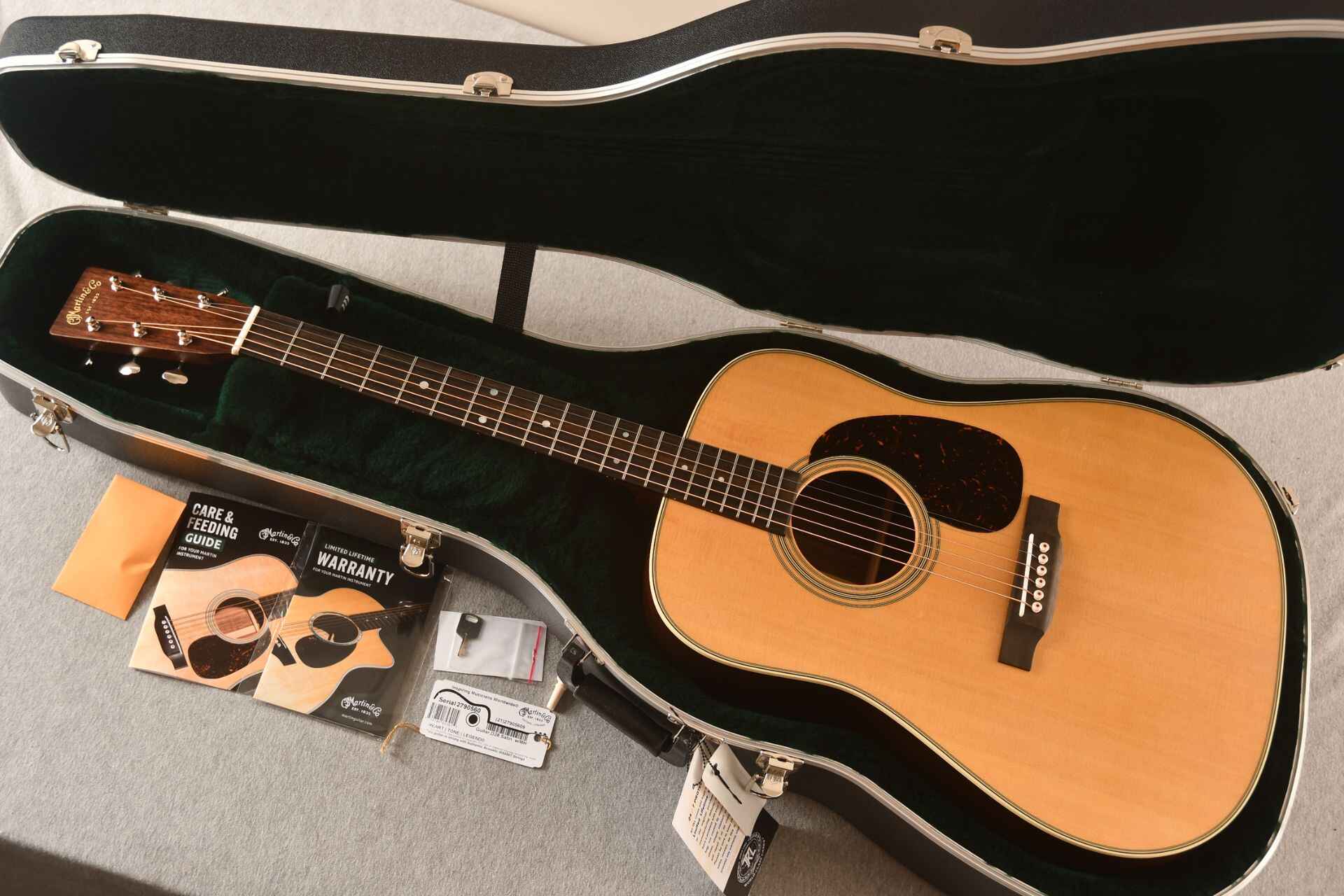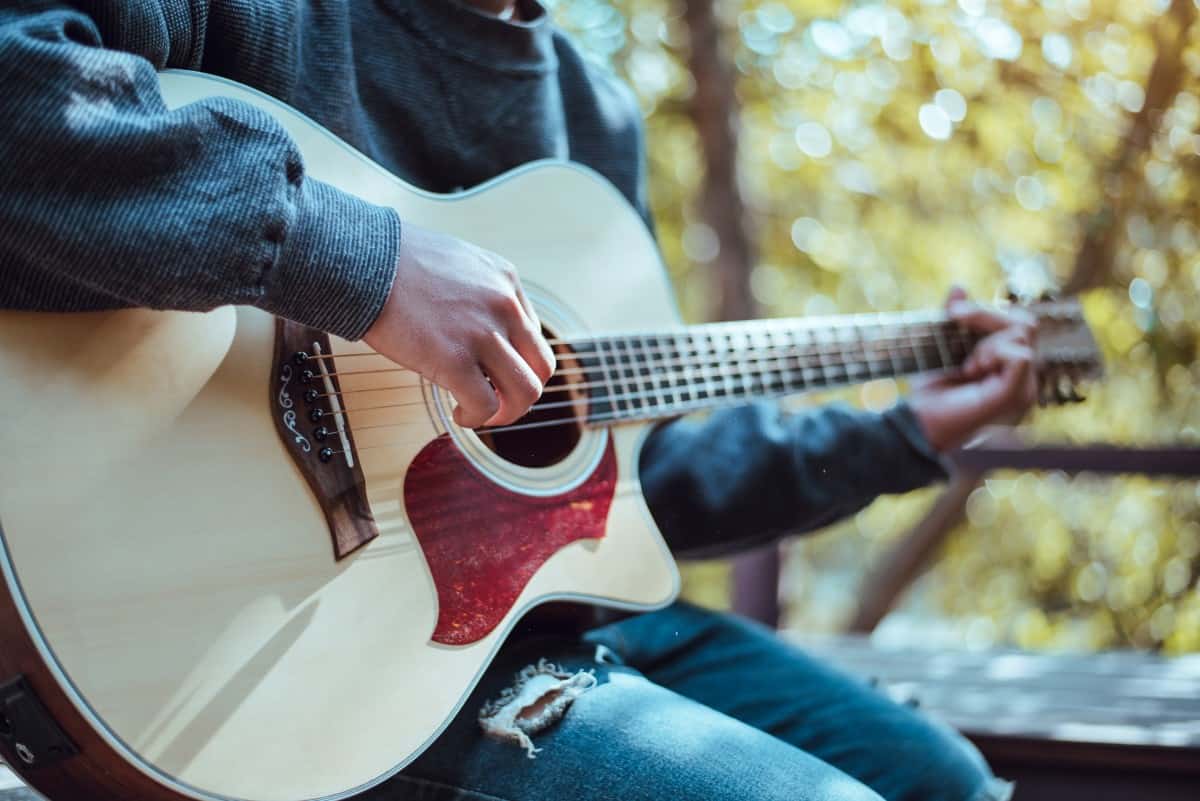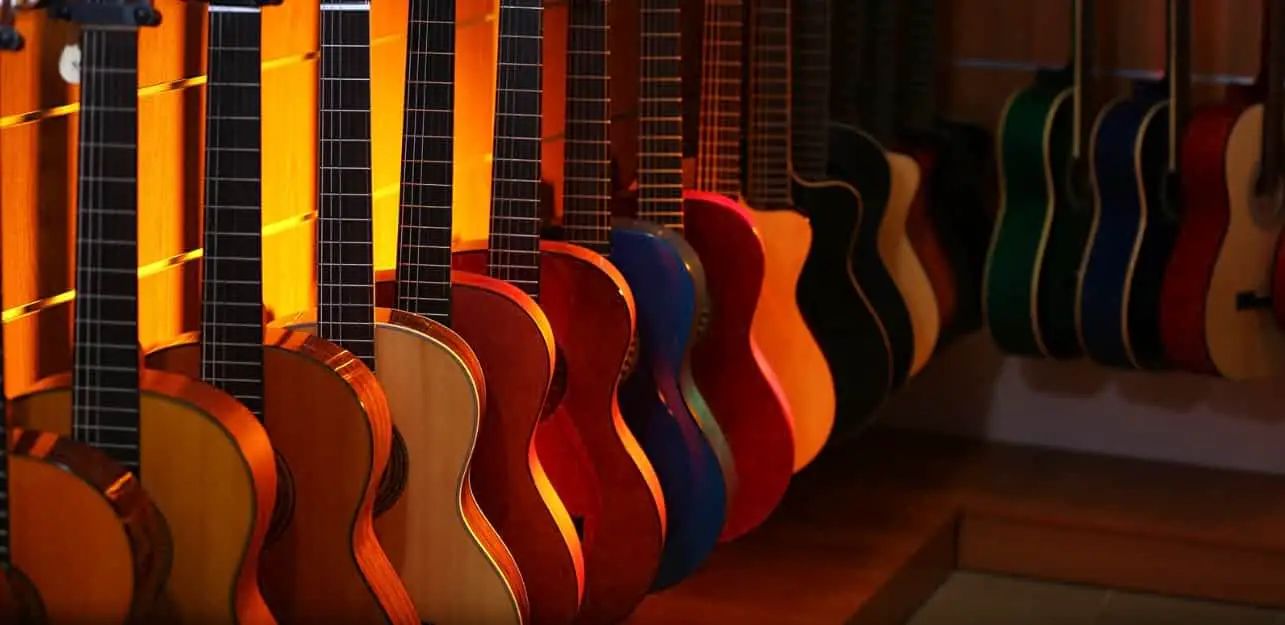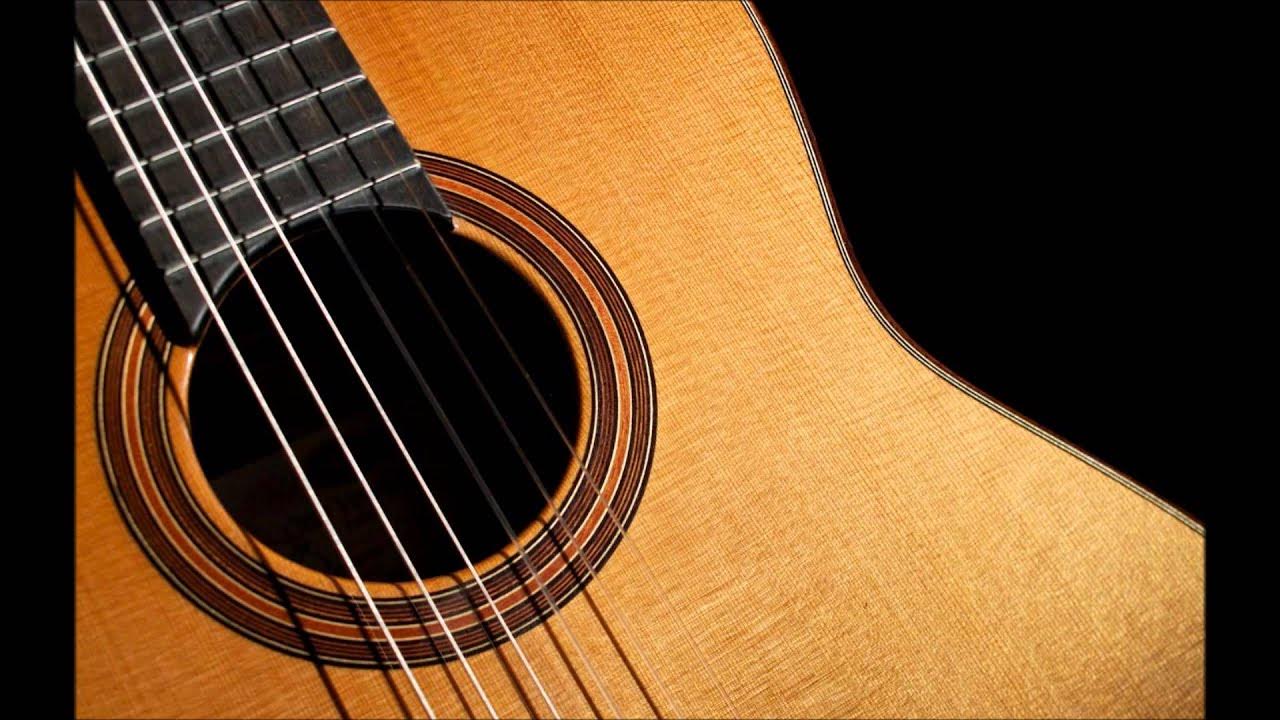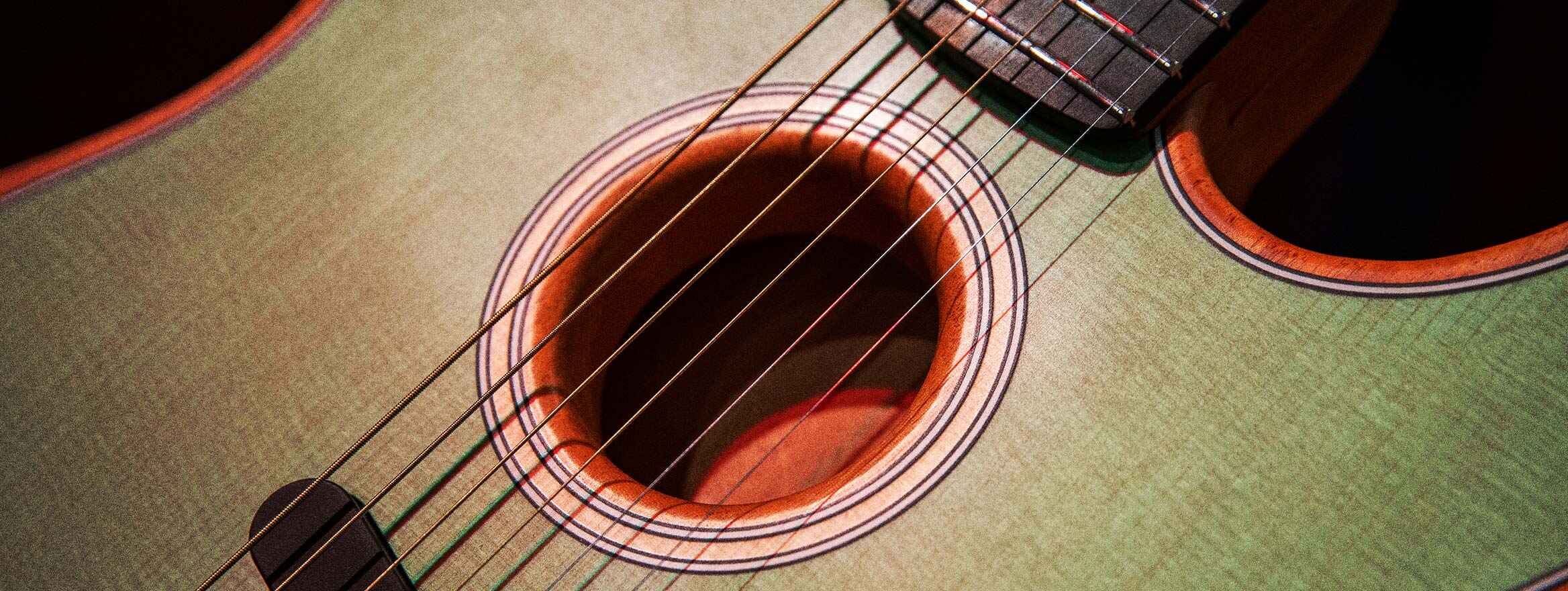Introduction
Unlocking the Unique Sound of a Bass with Your Acoustic Guitar
Have you ever wondered if it's possible to make your acoustic guitar sound like a bass? Whether you're a solo performer looking to add depth to your sound or part of a band seeking to expand your sonic palette, transforming your acoustic guitar into a bass-like instrument can open up a world of creative possibilities. While it's true that an acoustic guitar and a bass guitar are inherently different instruments, with the right techniques and tools, you can achieve a surprisingly rich and resonant bass-like sound from your acoustic guitar. In this guide, we'll explore various methods to help you unlock the unique potential of your acoustic guitar and create bass-like tones that will elevate your musical performances.
From selecting the appropriate strings to mastering playing techniques and utilizing effects and pedals, there are several avenues to explore when aiming to emulate the deep, rumbling tones of a bass guitar with your acoustic instrument. Whether you're a seasoned guitarist or just starting your musical journey, the prospect of transforming your acoustic guitar into a bass can be both exciting and rewarding. By delving into the following strategies, you'll gain valuable insights into the art of coaxing a bass-like sound from your acoustic guitar, enabling you to captivate your audience with a rich, full-bodied sonic experience.
So, grab your acoustic guitar, an open mind, and a willingness to experiment, as we embark on a journey to uncover the secrets of making your acoustic guitar sound like a bass. Let's dive into the world of sonic exploration and discover the myriad ways in which you can expand your musical repertoire and infuse your performances with the unmistakable allure of bass-like tones.
Choosing the Right Strings
When endeavoring to make your acoustic guitar sound like a bass, the choice of strings plays a pivotal role in shaping the instrument’s tonal characteristics. Opting for the appropriate strings can significantly influence the depth and resonance of the sound produced, allowing you to emulate the distinctive qualities of a bass guitar. To achieve a bass-like timbre, consider the following factors when selecting strings for your acoustic guitar:
- Gauge: Choosing a heavier gauge of strings, such as medium or heavy, can contribute to a fuller, more robust sound reminiscent of a bass guitar. The increased tension and mass of heavier strings result in enhanced low-end response, lending a more pronounced and resonant bass-like quality to your acoustic guitar’s tone.
- Material: Opt for phosphor bronze or silk and steel strings, as they are renowned for their warm, mellow tonal characteristics. These materials can impart a rich, deep resonance to your acoustic guitar, closely approximating the earthy, reverberant tones associated with a bass guitar.
- Coating: Coated strings, which feature a protective polymer coating, offer extended longevity and sustained tonal clarity. The smoother surface of coated strings can facilitate smoother fingerstyle playing and contribute to a more defined, articulate bass-like sound.
By carefully considering the gauge, material, and coating of the strings, you can tailor your acoustic guitar’s sonic profile to closely resemble that of a bass guitar, enabling you to craft a compelling and authentic bass-like sound.
Adjusting the Guitar’s Setup
Optimizing your acoustic guitar’s setup is essential for achieving a bass-like sound and ensuring optimal playability. By making strategic adjustments to various elements of the guitar’s setup, you can enhance its tonal characteristics and responsiveness, effectively transforming it into a versatile instrument capable of producing deep, resonant bass tones. Here are key aspects of the guitar’s setup to consider when aiming to emulate the sound of a bass:
- Neck Relief: Assess and, if necessary, adjust the neck relief to achieve an appropriate curvature, which can influence the guitar’s action and resonance. A well-adjusted neck relief can facilitate smoother playability and contribute to a more consistent and resonant bass-like sound.
- Action Height: Fine-tune the action height to optimize the string-to-fret distance, striking a balance between comfortable playability and enhanced tonal projection. Lowering the action height can result in improved string articulation and sustain, allowing you to elicit a more pronounced and resonant bass-like timbre.
- Saddle and Nut Adjustment: Ensure that the saddle and nut are properly configured to accommodate the selected strings’ gauge, promoting optimal intonation and sustain. Well-aligned and properly slotted saddle and nut components can contribute to a more consistent and resonant bass-like tonality.
- Truss Rod Alignment: Verify and, if needed, adjust the truss rod to maintain the guitar’s structural integrity and counteract any undesirable neck bowing or warping. A well-aligned truss rod can promote stable tuning and sustain, crucial elements for achieving a convincing bass-like sound.
By meticulously attending to the guitar’s setup, you can tailor its tonal and playing characteristics to closely emulate those of a bass guitar, enabling you to unleash a rich, resonant sonic palette that captivates listeners and elevates your musical performances.
Playing Techniques
Mastering specific playing techniques is integral to coaxing a bass-like sound from your acoustic guitar. By adopting specialized approaches and refining your playing style, you can elicit deep, resonant tones reminiscent of a bass guitar, enriching your musical expressions and expanding your sonic capabilities. Here are several playing techniques to explore when seeking to emulate the distinctive qualities of a bass with your acoustic guitar:
- Thumb Slap and Pop: Experiment with the thumb slap and pop technique, commonly employed by bassists, to produce percussive, resonant thumps and vibrant pops on the strings. By incorporating these techniques into your playing, you can infuse your acoustic guitar with rhythmic, punchy bass-like articulations, adding depth and groove to your performances.
- Alternate Tunings: Explore alternate tunings, such as drop D or open D, to lower the pitch of specific strings and expand the instrument’s sonic range. These tunings can facilitate the production of deeper, more resonant bass-like tones, allowing you to craft compelling musical textures and explore new creative avenues.
- Bass-Style Riffs and Lines: Integrate bass-style riffs and lines into your playing, leveraging repetitive, groove-oriented patterns and melodic runs to evoke the characteristic essence of a bass guitar. By incorporating these elements, you can imbue your acoustic guitar with a driving, rhythmic foundation akin to that of a bass, enhancing the overall depth and dynamism of your musical arrangements.
- Percussive Fingerstyle Techniques: Employ percussive fingerstyle techniques, such as palm muting and percussive slaps, to emulate the rhythmic and textural nuances associated with bass playing. These techniques can imbue your acoustic guitar with a distinctive percussive quality, enriching its tonal palette and infusing your performances with captivating rhythmic vitality.
By honing these playing techniques and integrating them into your musical repertoire, you can harness the expressive potential of your acoustic guitar, fashioning a compelling and authentic bass-like sound that resonates with depth, character, and rhythmic allure.
Using Effects and Pedals
Employing effects and pedals can significantly augment your acoustic guitar’s sonic capabilities, enabling you to craft a bass-like sound with enhanced depth, resonance, and texture. By integrating carefully selected effects and pedals into your setup, you can expand the sonic palette of your acoustic guitar, infusing it with evocative bass-like timbres and enriching your musical performances. Here are several effects and pedals to consider when aiming to emulate the distinctive qualities of a bass guitar with your acoustic instrument:
- Octave Pedals: Incorporate octave pedals to generate lower octave signals, effectively enriching your acoustic guitar’s tonal spectrum with deep, rumbling bass frequencies. These pedals can emulate the characteristic depth and resonance of a bass guitar, allowing you to produce compelling bass-like tones that enhance the sonic impact of your performances.
- Compression Effects: Utilize compression effects to regulate the dynamic range of your acoustic guitar, accentuating sustained notes and enhancing low-end presence. By applying compression, you can achieve a more consistent and resonant bass-like sound, imbuing your performances with a compelling sense of solidity and depth.
- Envelope Filters: Explore the use of envelope filters to modulate the tonal characteristics of your acoustic guitar, imparting dynamic, expressive contours to the sound. These filters can introduce nuanced articulations and tonal variations reminiscent of bass playing, enriching your guitar’s sonic profile with evocative, bass-like textures.
- Reverb and Delay Effects: Integrate reverb and delay effects to imbue your acoustic guitar with spatial depth and ambient resonance, enhancing the atmospheric quality of bass-like tones. These effects can infuse your performances with immersive, reverberant textures, evoking the expansive, resonant qualities associated with bass guitar sounds.
By judiciously incorporating effects and pedals into your acoustic guitar setup, you can unleash a diverse array of bass-like tones, expanding the sonic versatility of your instrument and elevating the expressive range of your musical endeavors.
Conclusion
Embarking on the journey to make your acoustic guitar sound like a bass unveils a realm of sonic exploration and creative possibilities. By carefully selecting the right strings, fine-tuning the guitar’s setup, mastering specialized playing techniques, and judiciously integrating effects and pedals, you can transform your acoustic instrument into a versatile sonic canvas capable of producing rich, resonant bass-like tones. Whether you seek to add depth to your solo performances or expand the sonic landscape of your band’s arrangements, the pursuit of emulating a bass with your acoustic guitar offers a rewarding avenue for musical innovation and expression.
Through the deliberate selection of heavier gauge strings, such as phosphor bronze or silk and steel, and the meticulous adjustment of the guitar’s setup to optimize its tonal and playing characteristics, you can tailor your acoustic guitar’s sound to closely resemble that of a bass. Additionally, by mastering specialized playing techniques, such as thumb slap and pop, alternate tunings, and percussive fingerstyle approaches, you can infuse your acoustic guitar with the rhythmic vitality and resonant depth synonymous with bass guitar playing.
Furthermore, the strategic incorporation of effects and pedals, including octave pedals, compression effects, and envelope filters, can expand the sonic palette of your acoustic guitar, enriching it with evocative bass-like textures and resonant timbres. By leveraging these tools and techniques, you can unlock the unique potential of your acoustic guitar, captivating audiences with a compelling fusion of acoustic warmth and bass-like depth.
As you continue to explore the art of making your acoustic guitar sound like a bass, remember that experimentation, creativity, and an open-minded approach are paramount. Embrace the process of sonic discovery and refinement, allowing your musical journey to unfold organically as you harness the transformative power of your acoustic guitar. Whether on stage, in the studio, or during intimate jam sessions, the ability to evoke the distinctive allure of a bass with your acoustic instrument empowers you to craft captivating musical narratives and immerse listeners in a world of rich, resonant soundscapes.







